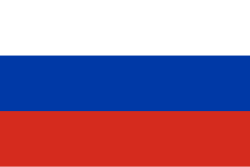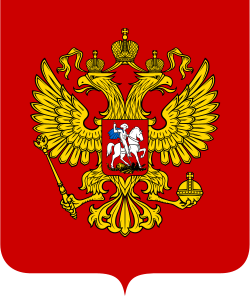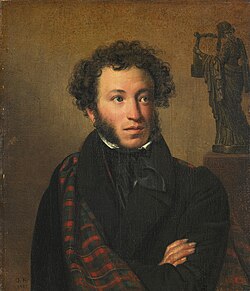This article needs additional citations for verification .(January 2024) |
Modern Russia (i.e. the Russian Federation) has many symbols. Some of these symbols remain from historical periods such as the Tsarist era or Soviet Union, while others have even older origins.
Contents
The Russian Federation has several official national symbols including a flag, an emblem, a national anthem. The current design of the national flag is the same as the Russian Empire and was officially adopted again after the dissolution of the Soviet Union.

















